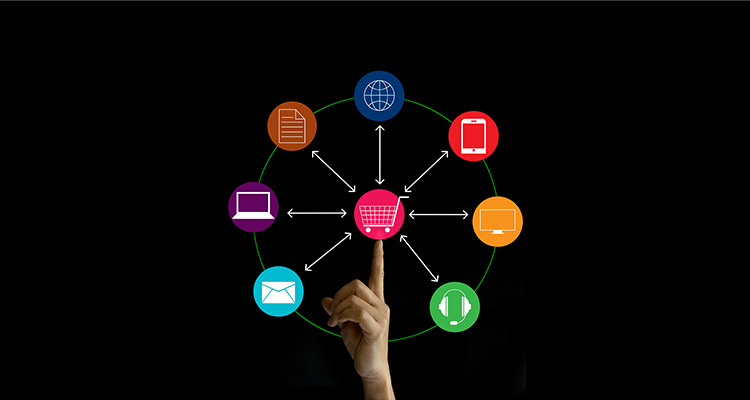Long gone are the days (may they come again), where analysis of user research interviews were in the form of swathes of post-it-notes; walls of multilayered multicoloured sharpie covered observations, that through analysis we easily form observations and concepts into groups and themes; we identity and resonate with user objectives, we evolve them into insights and validated direction for an experience.
UX Research In A Remote Environment
However, now we are in a Remote World, these easily accessible and tangible methods of validated discovery are not always at our fingertips; often research teams are now working from home, with digital tools at their disposal and none other than the family pet to help the flow of brainstorming and segmentation of data (ie: no help at all!). And so begs the question, how do we synthesise and analyse data as a group – now that we are not in the same room (albeit, virtually), and with the same high-quality outcomes as pre-remote?
What’s best to understand first, before introducing the tools to do so, is what are our Goals? What are the ‘Objectives’ we strive to achieve? What are the ‘Problems’ we aim to solve?
User Empathy In HCR
Empathising with users always comes first; and as any good researcher worth their merit knows, Empathy is the goal of the Human Centred Researcher – which we establish through qualitative means (usually one on one interviews, to dive deep into the mental models and understanding of the user’s experiences). Objective Experience place Empathy at the core of our methods, and the heart of our insights.
Patterns and Aggregation follow; what is said, done, acted upon. What problems are encountered, where are the efficiencies or moments of delight… that not one user spoke of or observed or experienced, but many? And what was left unsaid, that we can discern through human engagement and psychology as an unsaid insight?
Ultimately, aligning our research with the Objectives of the client, the product, the need for the research is the desired outcome. Through kickoffs and client discovery, through the brief (and potential iteration of), we understand the reasons “Why” this research is required – and how our research methodology and analysis meet this need. These align with the quality, robust and hands-on recruitment of participants.
User Research Goals In Remote Studies
These key analytical goals – are all still achievable – Remotely. The main aspect lacking is physical and verbal interaction in a three-dimensional sense; side by side with a fellow researcher, accompanied by curious and brainstorming led decision making (or, quite often, working in silence with headphones for efficient working!).
“How Do We Empathise Analysis Remotely?”
Voice of the customer, quotes and valid observations recorded via Zoom, Lookback or Hangouts through our data still build up perspectives and mental models of the customer. These when communicated through reporting and presentation from empathy, and enable us to deliver the voice of the customer adequately… there’s no real change here, minus the 2-dimensional delivery through Zoom.
“How Do We Discover Patterns, Remotely?”
Miro allows us to observe, understand, group, theme and title data in the same way as the traditional post-it-note sense; that clusters and patterns of behaviour can be formed, disassembled, fragmented, re-imagined – with outcomes that lend themselves to the discovery of insights. The benefit of working remotely shines through; multiple researchers, cleaner tagging, no need for sharpies or un-readable scribble. No concerns about those post-its falling from the wall overnight (due to a common lack of “stickiness!”), or inability to find a suitable physical space (wall) in the client office.
“How Do We Align To Research Goals, Remotely?”
DovetailApp is a powerful tool when aligned with client objectives; through collaboration and understanding of the outcomes of data, we use DovetailApp to create “tag sets” – think of them as “hashtags”, that we latch to captured data to not only form patterns through the information but ensure valid and evidence-driven findings emerge through the tags. This way, we align the Research Objectives through Data Highlights that form Insights – attached to the Objective. And through our analysis, naturally, we will discover observations and insights, opportunities that go beyond the briefed objectives, in order to form a richer narrative to the work and form an extended roadmap for the client’s needs.
Remote UX Research
In conclusion, changing to a remote method of analysis of data (not so much capture… that’s a conversation for another time), is not hindered greatly by remote means. As design consultants, we are able to more efficiently and effectively work in digital platforms with a method that surpasses the physical – and allows us to communicate to our stakeholder audiences with streamlined digital tools that remove the hindrance of physical spaces, walls or non-Super Sticky Post It conundrums!
Learnt some UX tips for your website? Here are some more Marketing.com.au articles:
